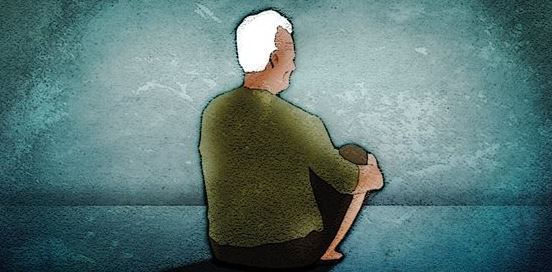More than 75 years of age, detailed observation.Attention to the health of the elderly

The Japanese government carefully aggregates trends in the population aged 75 and over. This is because a person’s physical condition changes significantly at the age of 75. Health life expectancy, which does not limit daily life due to health problems, is around 75 years old, with an average of 72.14 years for Japanese men and 74.79 years for women.
After the age of 75, medical and nursing costs increase significantly as mobility becomes inconvenient. The average medical expenses used by a Japanese person aged 0 to 64 for a year are 190,000 yen (about 1.81 million won). Those aged 65 to 74 will increase to about 570,000 yen. Those aged 75 or older nearly double to 930,000 yen again. Japan’s Ministry of Finance analyzed that the national burden of medical and nursing expenses for those aged 75 and over is four times and ten times greater than those aged 65 to 74 and 0 to 64, respectively.
This is why social security costs increase as the number of senior citizens increases. Japan’s social security spending in 2025 is expected to increase by 20% in 10 years to 140 trillion yen. Social security costs are expected to rise to 190 trillion yen by 2040, when the elderly population is the largest.
The baby boomers in Japan are called the “Dankai generation,” which means “lump.” It refers to 8 million people born between 1947 and 1949. They will turn 75 years old from 2022 to 2024. The population aged 75 or older has increased by 4% every year for three years, rapidly advancing the “aging of the elderly.” In Japan, this is called the “2025 problem.”
To summarize the problem in 2025 in a word, it is a “tsunami of manpower shortage.” According to a joint survey by the Parsol Research Institute, a talent information company, and Chuo University, Japan is expected to face a manpower shortage of 6.44 million people by 2030. Analysts say that 4 million people in the service industry and 1.87 million people in the medical and welfare sectors will be lacking.
On the other hand, the burden on the dependent population increases rapidly. Until the early 2000s, Japan was a society in which three people aged 15 to 64 supported one elderly person aged 65 or older. By 2040, Japan has 1.4 production-age population to support one elderly person.